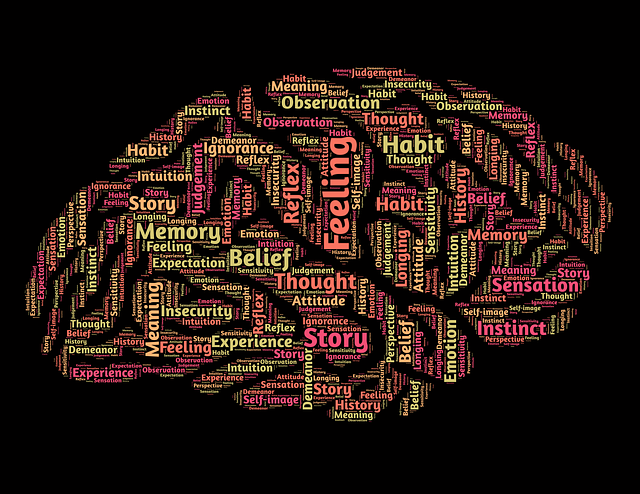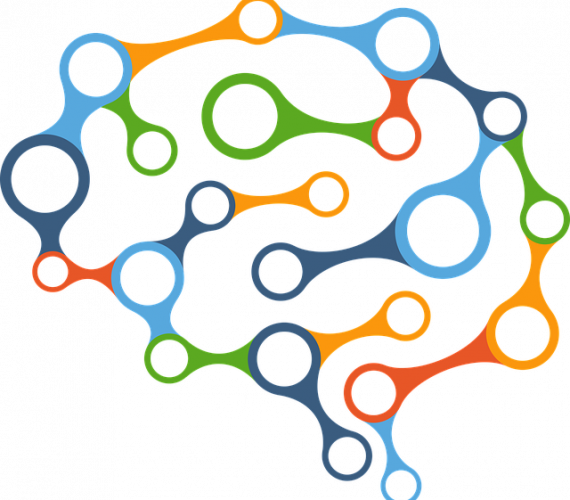
Language is an integral part of human communication and social interaction. We use language to express our thoughts, emotions, and ideas, and to connect with others around us. But how does the brain process and produce language?
The Neuroscience of Speech Production
The ability to speak is one of the most remarkable human traits, and it’s all thanks to the complex workings of the brain. When we speak, our brains activate a network of regions that work together to coordinate the movements of our vocal cords, tongue, and lips. This process is controlled by the motor cortex, a region of the brain that plays a crucial role in planning and executing movements.
Interestingly, the way we speak can also reveal a lot about our brain. For example, people who stutter have been found to have differences in the way their brains activate the motor cortex when speaking, suggesting that stuttering may be related to a neurological issue.
The Cognitive Mechanisms of Language Comprehension
Language comprehension is a complex process that involves many different cognitive mechanisms. When we hear or read a sentence, our brains must first decode the words and then combine them into a meaningful structure. This requires the activation of several brain regions, including Broca’s and Wernicke’s area.
Broca’s area, located in the left hemisphere of the brain, is responsible for the production of language. Damage to this area can result in a condition known as Broca’s aphasia, in which individuals struggle to produce coherent speech.
Wernicke’s area, located in the left temporal lobe, is involved in the comprehension of language. Damage to this area can result in a condition known as Wernicke’s aphasia, in which individuals struggle to understand language, despite being able to produce fluent speech.
Research has shown that different languages can activate different regions of the brain. For example, when English speakers hear a sentence in Chinese, the brain regions involved in processing tone are activated, whereas when Chinese speakers hear a sentence in English, the brain regions involved in processing syntax are activated.
The Development of Language in the Brain
Language development begins early in life, and it’s a process that continues throughout childhood and into adulthood. The brain’s ability to learn and adapt is critical to this process, and it’s why children are able to pick up new languages much more easily than adults.
Research has shown that language learning is associated with changes in the brain’s structure and function. For example, studies have found that bilingual individuals have greater gray matter density in certain brain regions, which may be related to their ability to switch between languages.
The Future of Neurolinguistics
Advances in neuroscience and technology are opening up new avenues for research into the relationship between language and the brain. For example, brain imaging techniques like functional magnetic resonance imaging (fMRI) and electroencephalography (EEG) are allowing researchers to study the neural mechanisms of language in greater detail.
In the future, this research could have important implications for language education and therapy. By understanding the neural mechanisms of language processing and production, we may be able to develop new methods for teaching languages and treating language-related disorders.
Further reading
How do babies learn languages so quickly?
What would your thoughts be like if you never learned a language?


